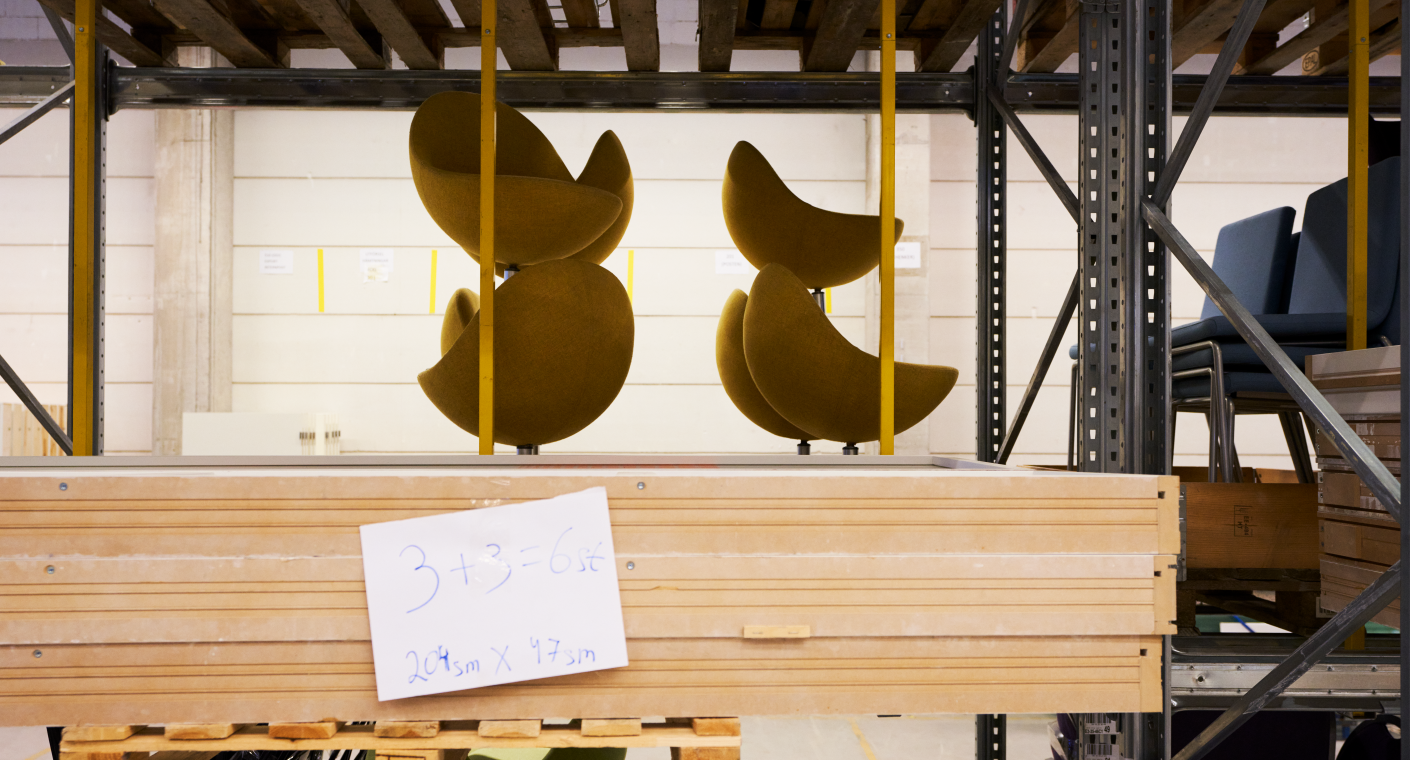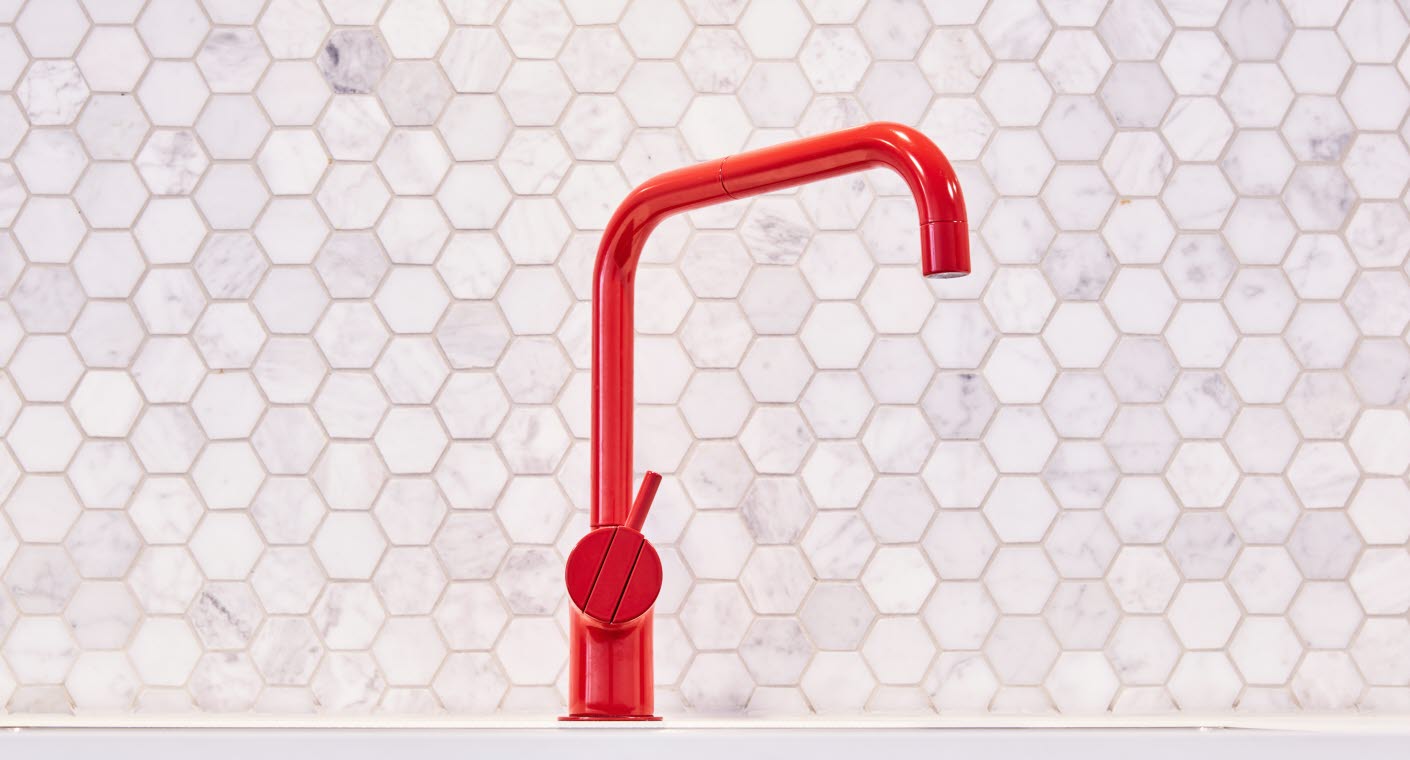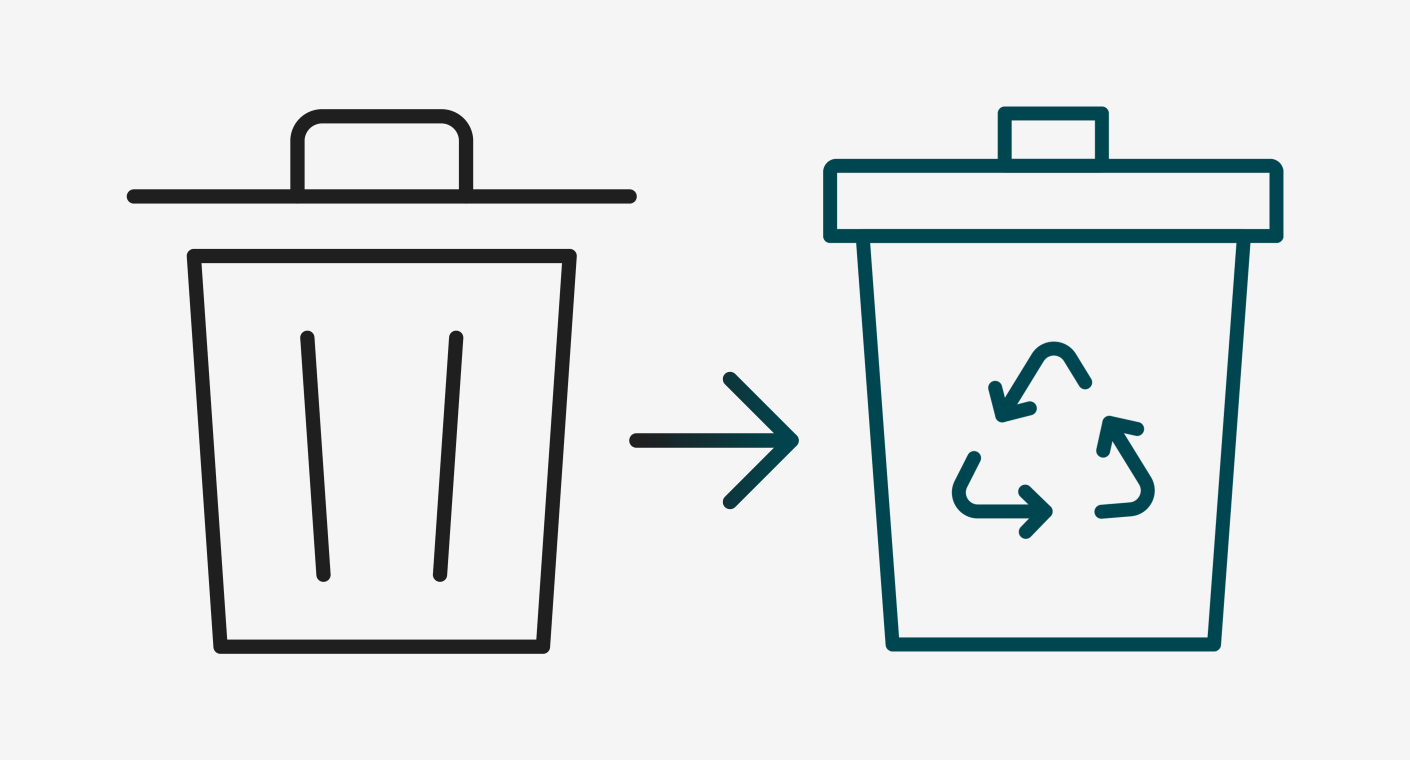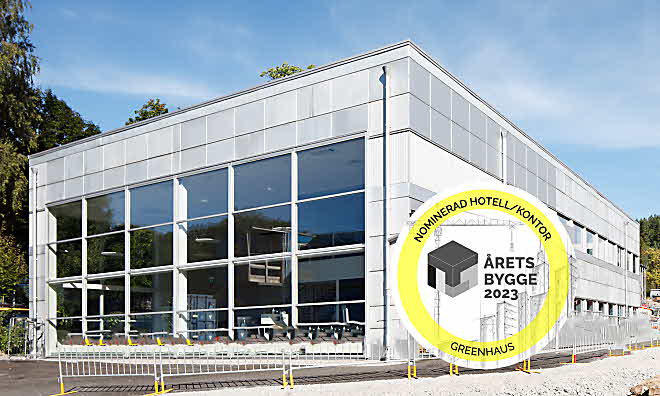The climate impact from the production of building materials is high. An important piece of the puzzle in our work to reduce climate emissions and contribute to a more sustainable society is to focus more on reuse as part of our work in circular construction.
One of our high sustainability goals is to halve our CO2 footprint by 2030 and we are working systematically to achieve this. To scale up the work with reuse, we have:
- established a reuse strategy,
- started a warehouse for reuse materials, our Reuse Hub, and
- adopted a reuse target which means that all our remodeling projects must meet a circularity index of at least 20 percent.





